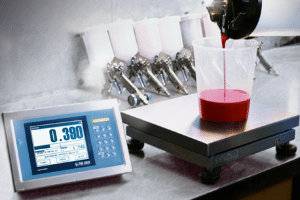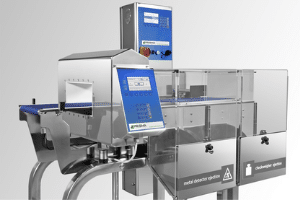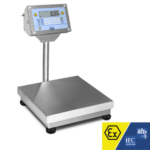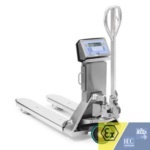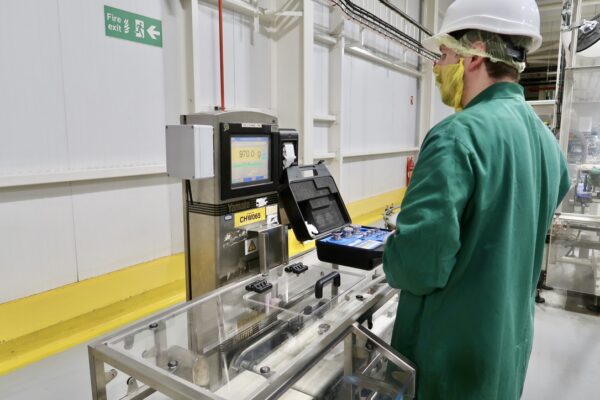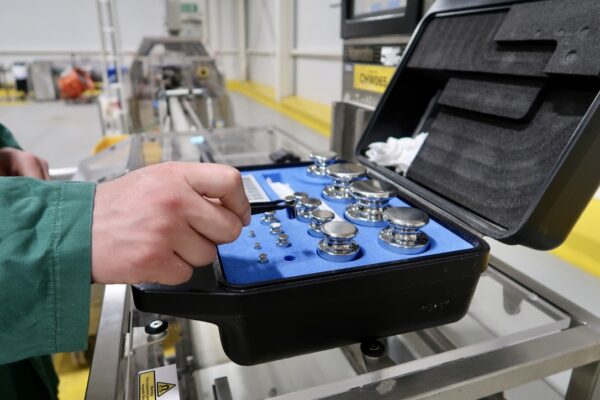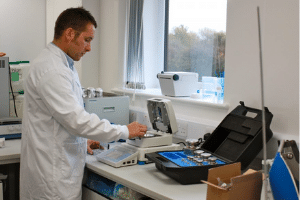FSA Report: Antimicrobial Resistance From Retail Chicken
There has been a significant increase in antimicrobial resistance (AMR) to certain antibiotics, since 2014, according to a Food Standards Agency (FSA) study on Campylobacter in retail chicken.
AMR is when bacteria become resistant to the effects of antimicrobial drugs, such as antibiotics. The result of this resistance is that these infections are more difficult to treat with pharmaceuticals.
The data, which covers 20 years of information on antibiotic use in retail chicken with Campylobacter , was published by the FSA recently. This study analysed data from the past 20 years to identify any trends in antibiotic resistance and the findings will be used to measure future progress in reducing antibiotic resistance.
Campylobacter is the primary cause of bacterial food poisoning in developed countries, and it can develop resistance to antibiotics. According to the FSA, there are approximately 500,000 reported instances of food poisoning per year in the United Kingdom.
“While the data shows a marked increase in AMR in Campylobacter to certain antimicrobials, it is encouraging that there has been no significant increase in resistance since 2014”; said the FSA’s science lead in Microbiological Risk Assessment, Dr Paul Cook.
News Credits: FSA: Report shows 20 year trend of antimicrobial resistance in Campylobacter from retail chicken
You may also like:
